As far as video game sports simulations go, the MLB The Show series has always been one of the better ones at hewing closely to how the action on the field unfolds in real life. It helps that it doesn’t have nearly as many ways to exploit faulty AI as in Madden, NBA 2K, FIFA, or NHL just by nature of the sport centering on the one-on-one battles between pitcher and hitter. This year, MLB The Show 23 has managed to take that commitment to realism even further by implementing some significant changes that impact some of the finer details of the game.
To begin with, we’ll look at how MLB The Show 23 separates good fielders from bad fielders by the way they react to balls hit their way. Then we’ll move on to the difficulty of the game’s new throwing meter and how that translates to more inaccurate tosses both across the diamond and from the outfield. Finally, we’ll discuss the series’ regular struggles with producing a realistic number of walks and whether or not they’ve done enough to solve that issue this year.
Three Ways MLB The Show 23 Has Added Realism
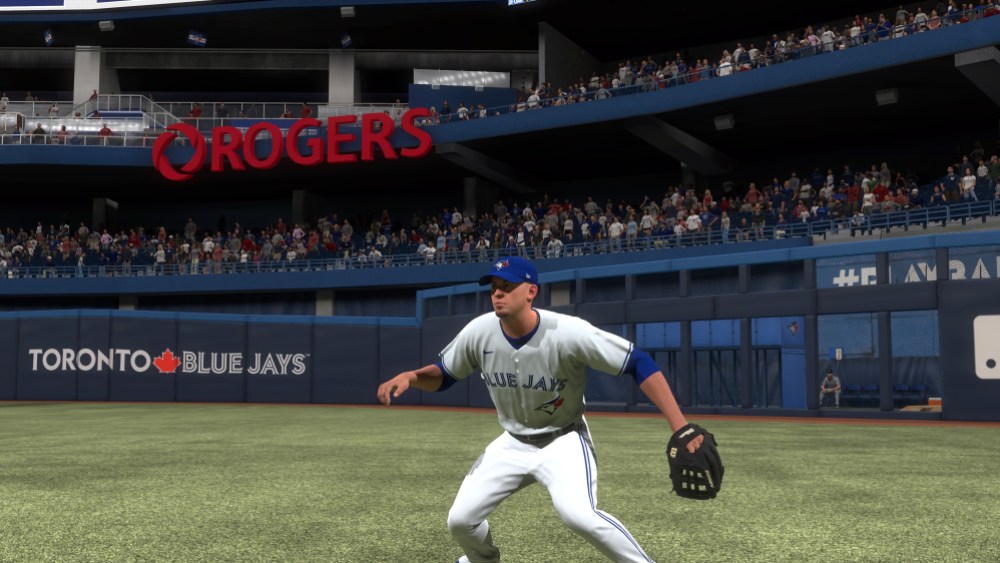
Fielding
In years past, a common and completely valid complaint with regards to playing defense was that there was little differentiation between fielders. This was especially evident in the outfield, where it didn’t matter all that much who was patrolling their position when anyone would seemingly be able to cover the kind of ground needed to get to most fly balls. There was some attempt to rectify this last year by having certain players react better than others to a ball off a bat, but it wasn’t really noticeable enough to make the fielding attribute a priority when assembling a lineup.
MLB The Show 23 expands upon that same idea to the point where having an elite defender can save you a run while a mediocre fielder can cost you one instead. It’s not uncommon now to see some outfielders get a bad read on a ball and remain flat-footed long enough to make getting to a ball a dicey proposition. Poor fielders will sometimes even take an initial step backwards on a shallow fly ball and might not have the speed to recover and make the catch. The problem with having someone untrustworthy in the outfield is compounded by the fact that it’s harder than ever to get to balls that are hit with a high exit velocity. One wrong step can mean the difference between chasing down a laser or having it get over your head or into the gap for extra bases.
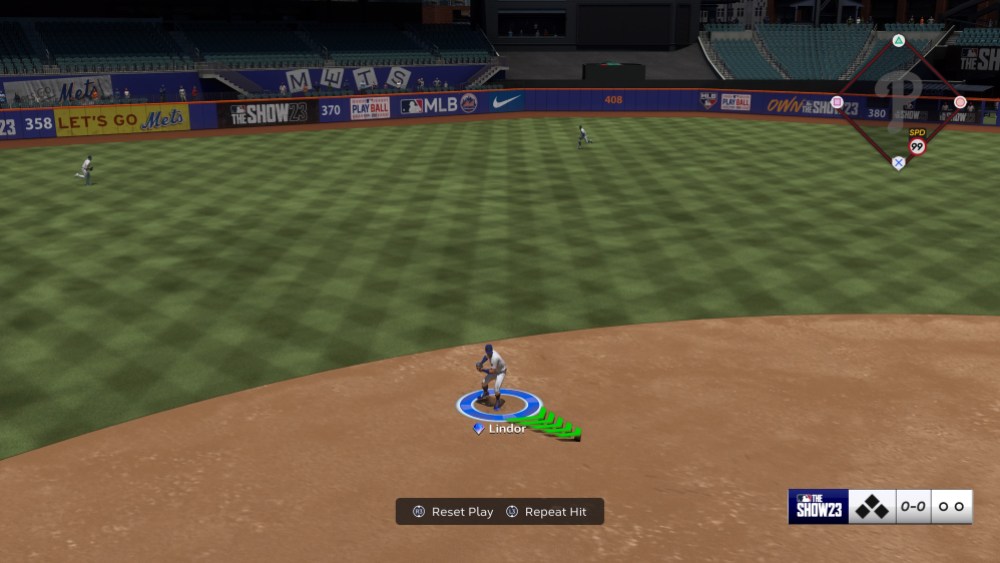
Throwing
Aside from the delayed reaction time by inferior fielders, defense is also made more challenging by the game’s new dynamic throwing meter. The biggest change to that meter is how the green area in the middle you’re targeting in order to produce an accurate throw can now move away from the middle. When you’re controlling a defender who’s more prone to throwing errors or someone trying to make a difficult play, that green safe area on the meter will shrink and/or slide to keep you on your toes. It’s not a drastic change to the same meter you’ve known for years, but it achieves the desired effect of making some plays harder than others for certain players.
If you’re not careful or attentive to the meter on every throw, you’re bound to end up committing some throwing errors or giving up an infield hit when you can’t make a tricky play. You’ll probably also have more instances of hitting the yellow spots on the throwing meter than in years past. When this happens, get ready to hold your breath as you wait to see whether or not your first baseman is able to bail you out and pick a slightly errant throw out of the dirt. There’s more variety in throws from the outfield now too, where it’s no longer as easy to consistently gun down runners at every base with pinpoint accuracy.
That said, it would be nice if MLB The Show 23 could finally solve the persistent issues with fielders not displaying the kind of urgency you’d expect from anyone possessing the smallest amount of situational awareness. It’s too often that players will be extremely lackadaisical on defense about getting the ball to the desired base, even when you take care to pre-load your throw as far in advance as possible.
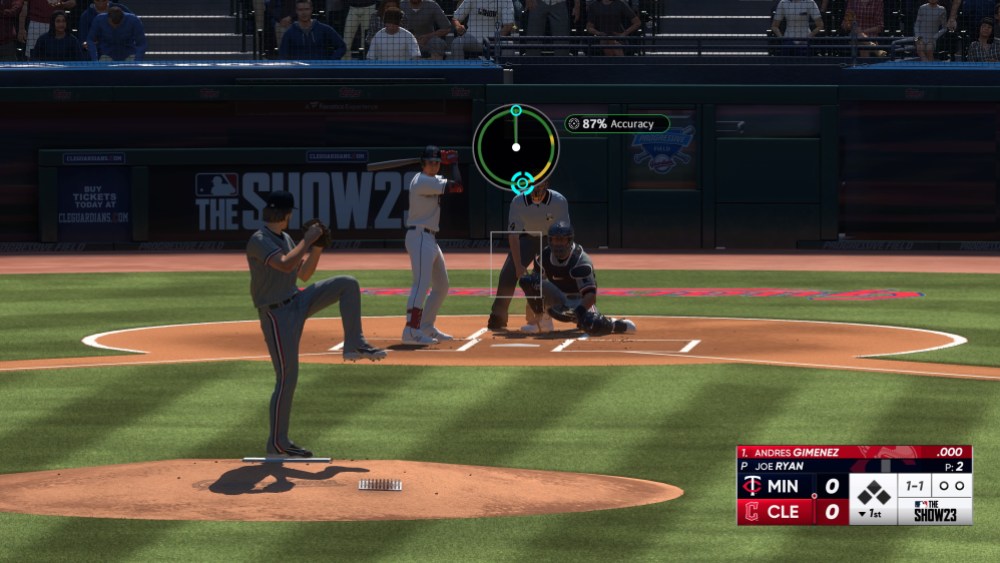
Walks & Strikeouts
If you’re someone who likes to dig deep into franchise mode and have it be as realistic as possible, then one area of MLB The Show that’s probably always been a pet peeve for you is walks. While it’s usually been possible to work a fair number of walks when you’re at the plate — provided you’re patient — it’s conceding walks when you’re on the mound where the problems truly exist. In the past, only the classic pitching interface where a pitcher’s attributes take precedence over any controller input would seem to yield a realistic number of walks. With all other interfaces, it was too easy even on the highest Legend difficulty to hit your spots regularly if you were experienced with them.
As someone who likes to use the pinpoint pitching interface as it offers the most control, it’s apparent that throwing strikes and displaying command of your pitches is harder than it has been in the past. This is especially true in the competitive game style, as the margin for error on the sticks can get awfully small. Because it’s harder to get a perfect pitch release, you’ll probably find that more of your pitches end up either catching a larger portion of the plate than you want or missing the strike zone entirely. It may seem counterintuitive to play within your franchise versus the CPU on competitive game style rather than simulation, but it will make the game that much harder and leave you ultimately feeling more involved in the outcome. Still not yielding enough walks? Turn off the ball indicator so you can’t target the edges of the strike zone quite as precisely.
A related issue with MLB The Show has always been that it’s too easy to get wood on the ball and avoid strikeouts when you’re at the plate. The plate coverage indicator with zone hitting has traditionally been quite large and forgiving, which could allow you to put a ball in play or at least foul off the pitch even when the center of your PCI wasn’t all that close to the ball. On competitive game style in MLB The Show 23 (and higher difficulties), you’ll now be required to have better PCI placement and timing if you hope to be able to connect with the ball. Should you be having an off day and are yanking that PCI away from the ball a little too much, be prepared to be set down on strikes just as often as you see it happen in real life.


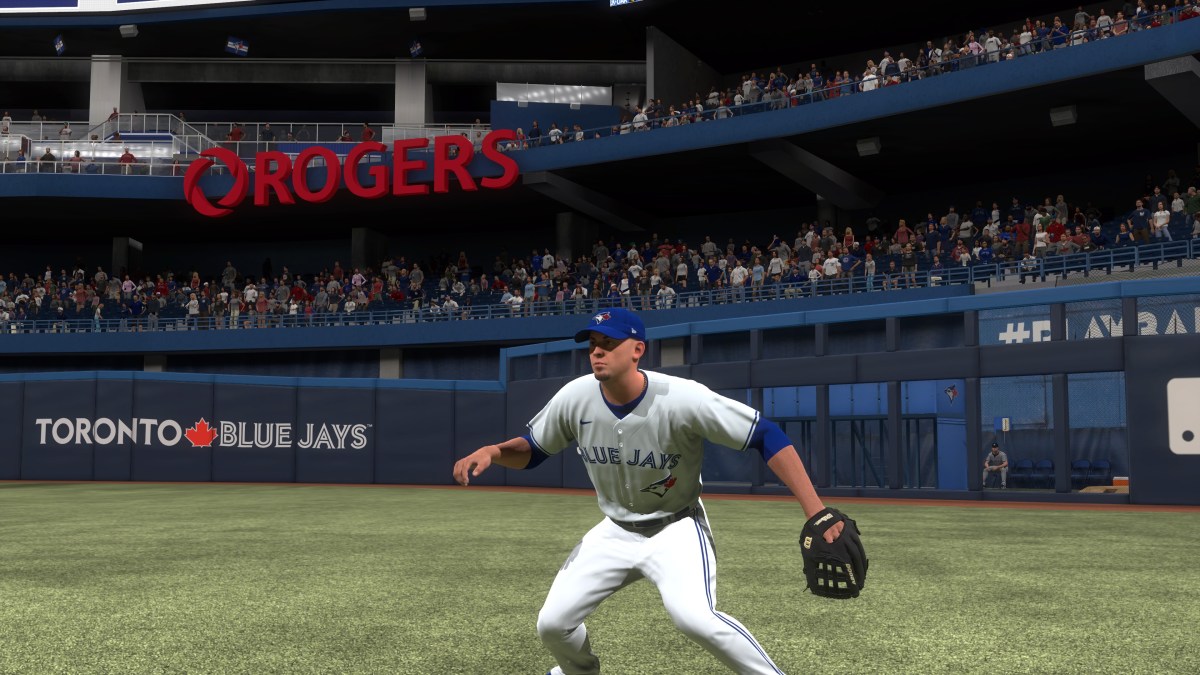
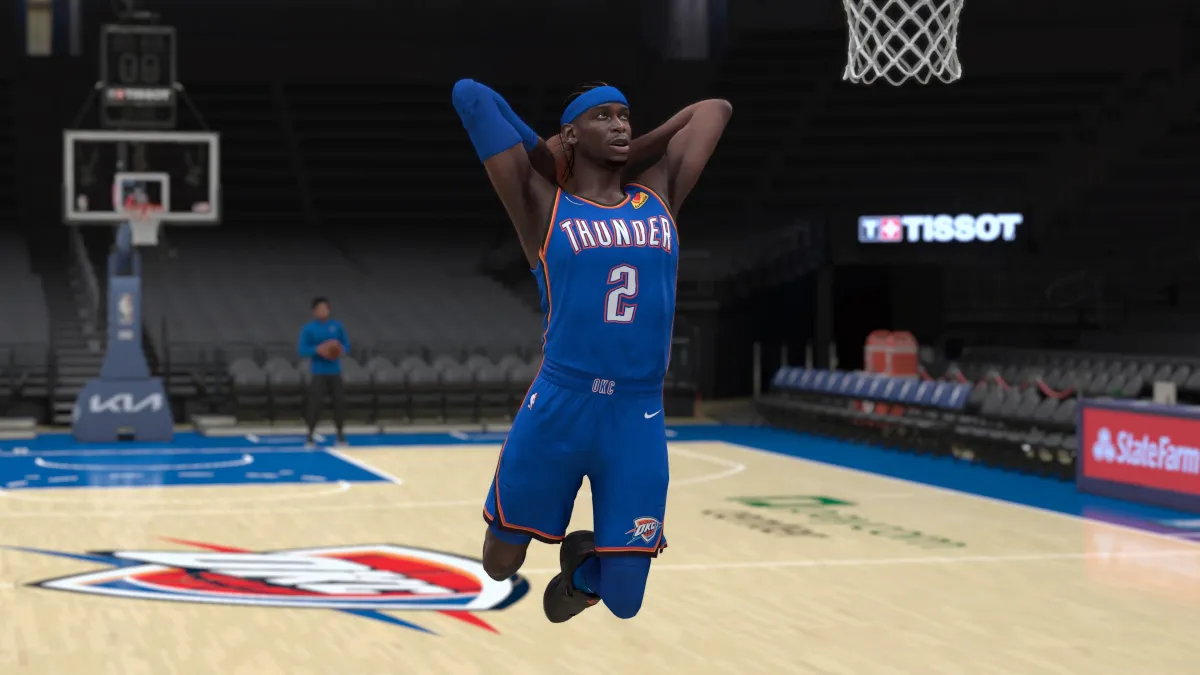
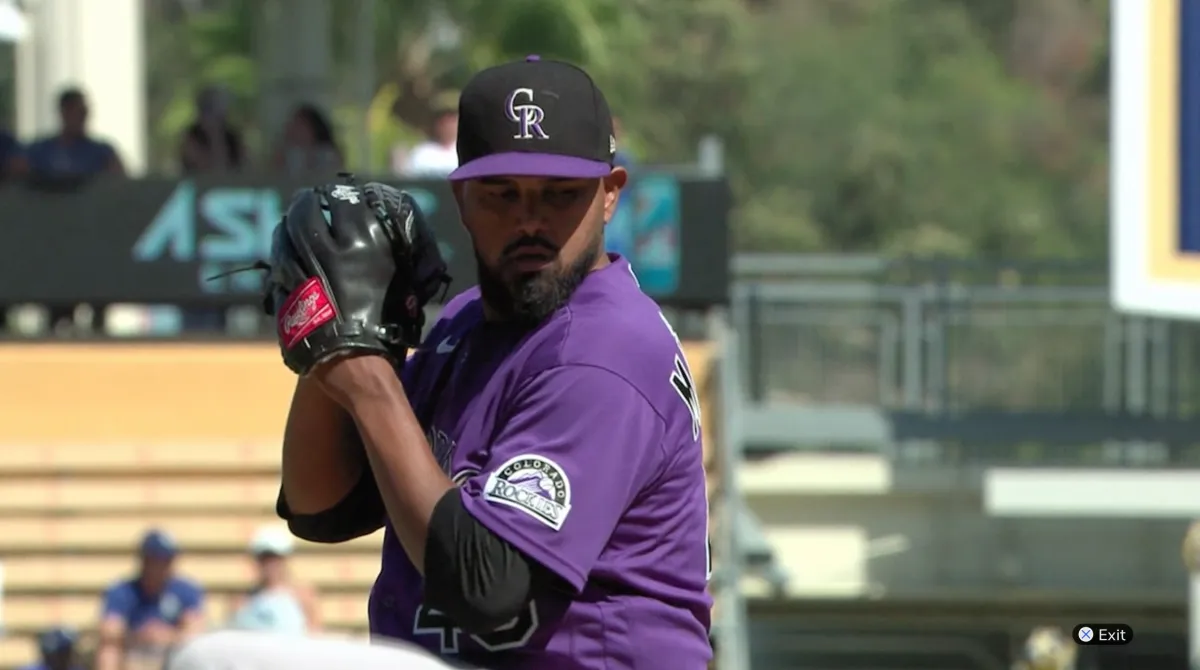
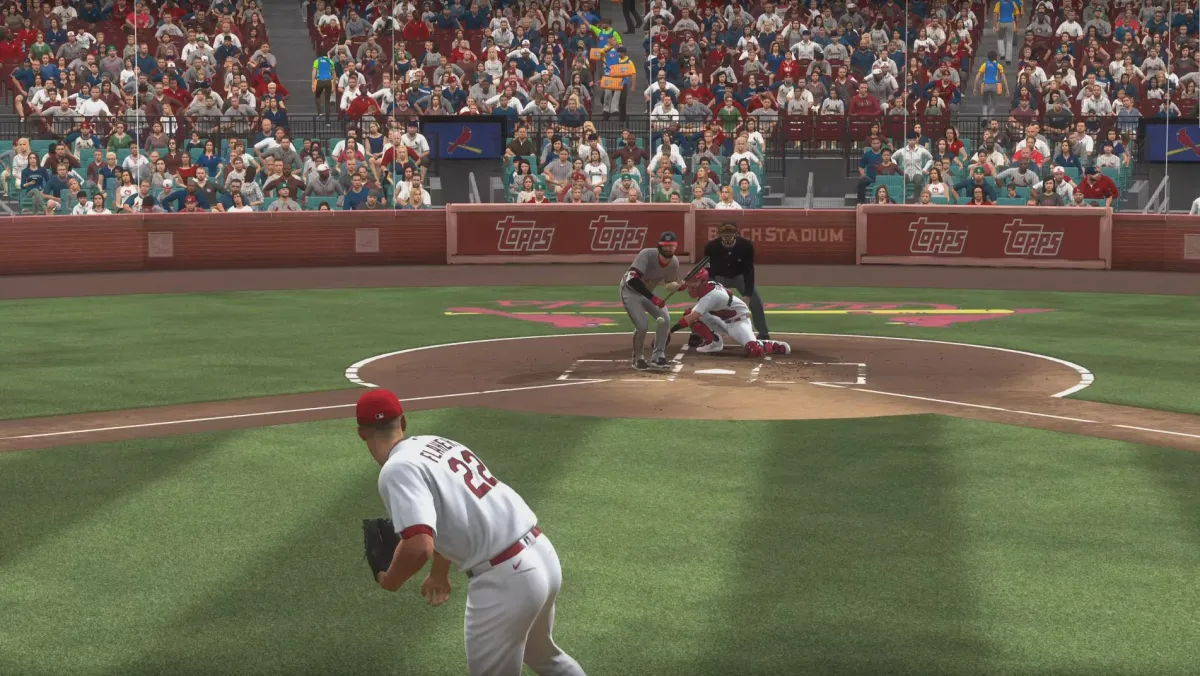
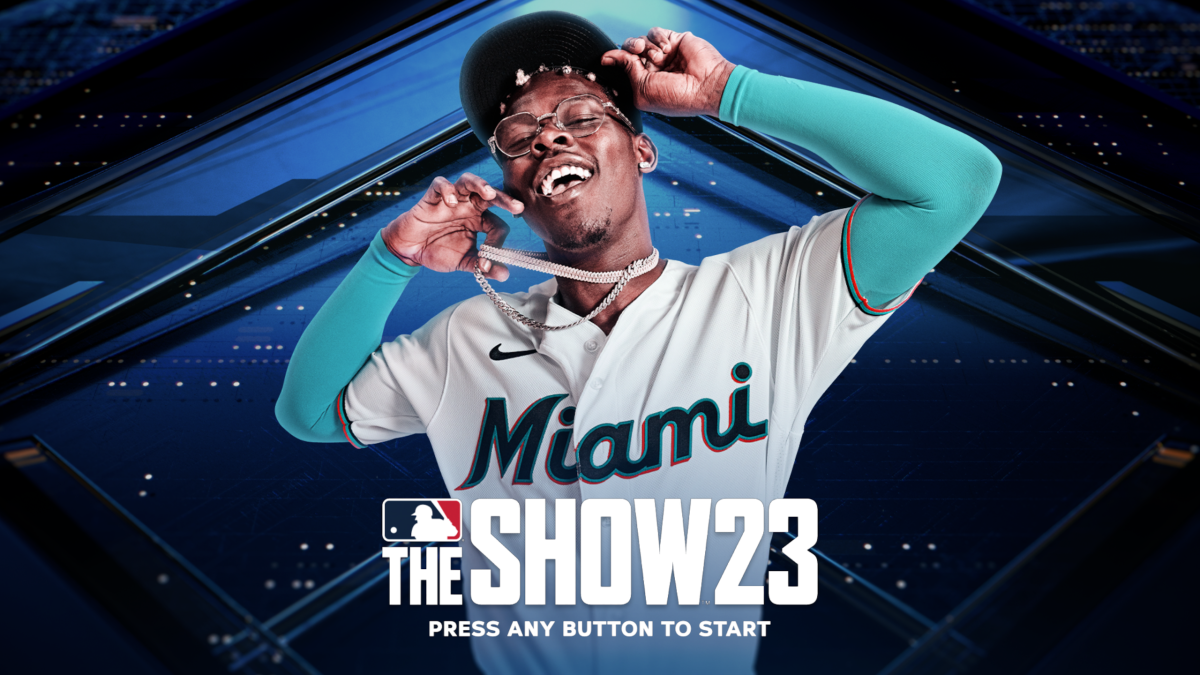
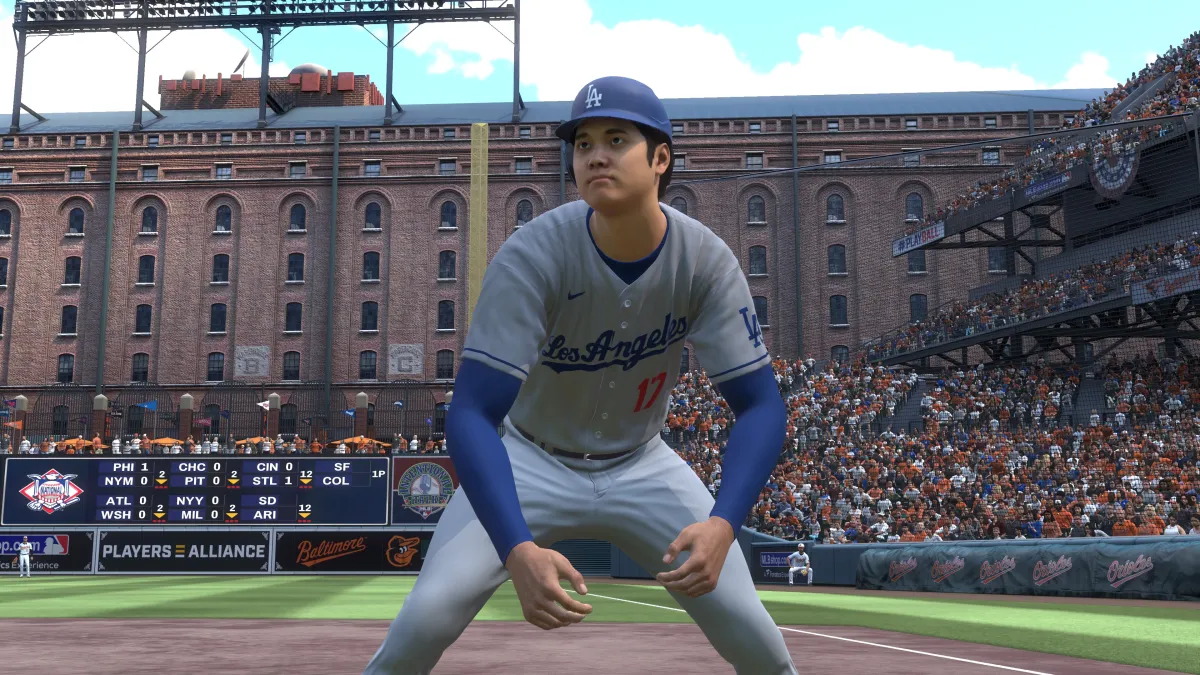
Published: May 11, 2023 04:49 pm